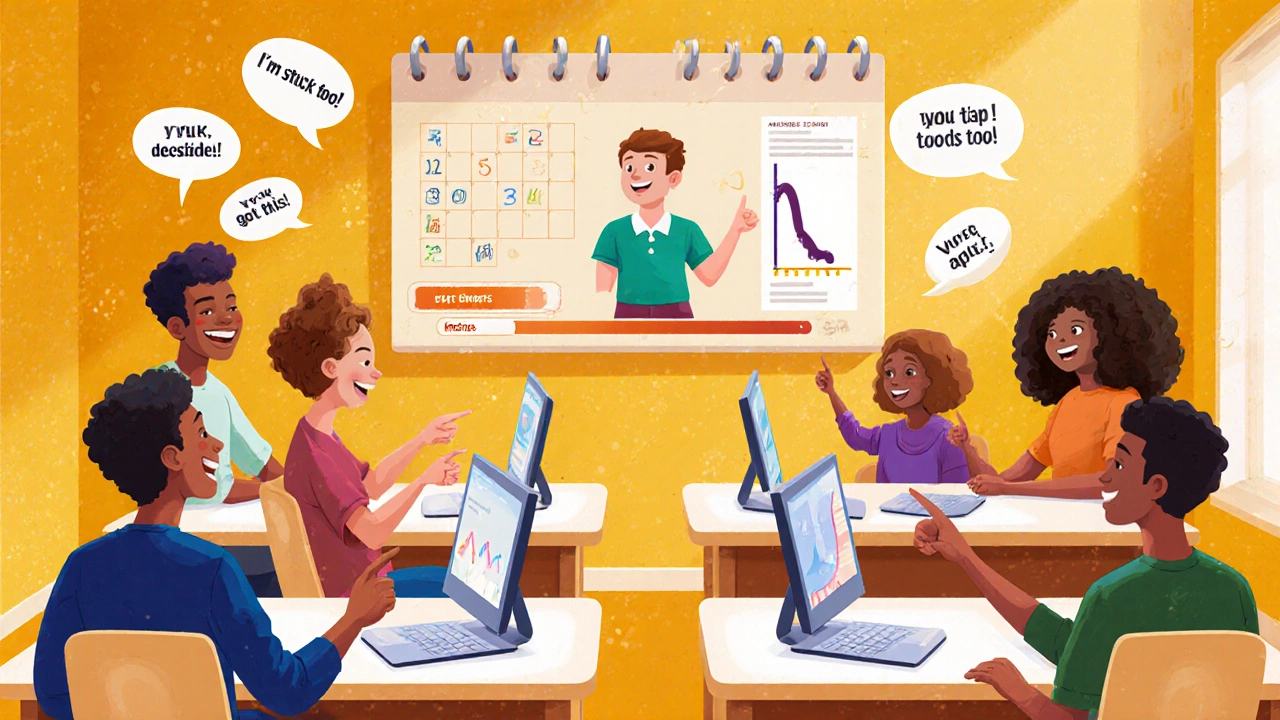Course Cohorts: How Small Learning Groups Drive Real Results
When you join a course cohort, a small, time-bound group of learners moving through a course together. Also known as cohort-based learning, it’s not just another way to take an online class—it’s a system built on connection, not just content. Most online courses leave you alone with videos and quizzes. But a course cohort gives you people—peers who show up, ask questions, and push you forward when you want to quit. This isn’t theory. Studies from Harvard and MIT show learners in cohorts are 3x more likely to finish a course and 50% more likely to apply what they learn on the job.
What makes a cohort work? It’s not the platform. It’s the structure. A good cohort includes peer learning, the process where learners teach and challenge each other, regular check-ins, and shared goals. You’re not just watching a lecture—you’re discussing trade setups with someone who just lost $500 on a bad entry, or helping another student decode a chart pattern they can’t grasp. That’s how knowledge sticks. And it’s why learning communities, groups that form organically around shared goals and ongoing interaction outperform solo learners in retention, confidence, and real-world results. These communities don’t need fancy tech. They need consistency, clear rules, and someone who holds space for real talk.
Course cohorts also solve the biggest problem in online education: isolation. You don’t need to be the smartest person in the room. You just need to show up. The person who struggles with risk management might be the one who nails emotional discipline. The one who’s quiet in chats might have the clearest trade journal. That’s the magic—everyone brings something. And when you see others succeed, you start believing you can too. That’s why top trading programs, coding bootcamps, and even corporate training teams are shifting from self-paced to cohort-based models. It’s not about being trendy. It’s about getting results.
What you’ll find in this collection are real, practical guides on how to build, join, and make the most of learning groups. From setting ground rules that keep things respectful, to running office hours that actually get attended, to using gamification without making it feel like a game show—these posts cut through the fluff. You’ll learn how to turn a group of strangers into a team that holds each other accountable. No theory. No buzzwords. Just what works.

Course Cohorts vs Self-Paced Models: Which Keeps Students More Engaged?
Cohort-based courses keep learners engaged through structure and community, while self-paced models often lead to dropout due to isolation. Here’s what actually works for student retention and real learning.